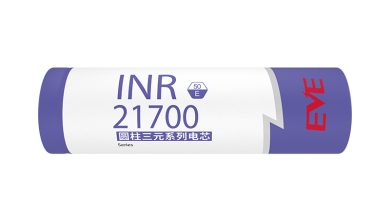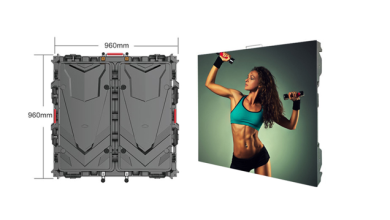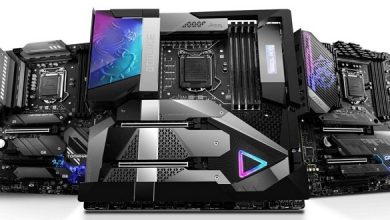Unlocking the Power of In Vitro Diagnostic Medical Devices: A Comprehensive Guide

Are you curious about the fascinating world of In Vitro Diagnostic Medical Devices? Do you want to know how these devices are revolutionizing the healthcare industry and changing the way we diagnose diseases? Look no further, as we bring you a comprehensive guide that will unlock the power of these incredible tools. From understanding their basic principles to exploring their various applications, this blog post will give you an in-depth look into everything related to In Vitro Diagnostic Medical Devices. So sit back, relax, and get ready for an exciting journey into the world of modern medical technology!
Introduction to In Vitro Diagnostic Medical Devices
Tianlong In vitro diagnostic medical devices (IVDMDs) are a powerful tool that can be used to diagnose and treat a variety of medical conditions. IVDMDs are used in a wide range of settings, including hospitals, clinics, and laboratories.
IVDMDs have the ability to detect a wide range of diseases and disorders. They can be used to diagnose infections, genetic disorders, and cancer. IVDMDs can also be used to monitor the progress of a disease or condition.
IVDMDs are regulated by the FDA. In order to be marketed in the United States, an IVDMD must undergo a rigorous approval process. After an IVDMD is approved by the FDA, it is placed on the market and made available for use by healthcare professionals.
Benefits of Tianlong In Vitro Diagnostics
Tianlong In vitro diagnostics (IVDs) are medical devices that are used to detect and measure various substances in samples of body fluid, tissue, or cells. IVDs can be used to diagnose a wide range of conditions, including infections, genetic disorders, and cancers.
IVDs offer many benefits over traditional diagnostic methods, such as x-rays and blood tests. IVDs are more sensitive and specific than these older techniques, meaning that they can detect even very small amounts of a substance. This makes them much better at detecting early signs of disease.
IVDs are also less invasive than many other diagnostic procedures, such as biopsies. They can be performed quickly and easily in a doctor’s office or clinic, and do not require any special training or equipment.
IVDs are often less expensive than other diagnostic tests, making them more accessible to patients.
Conclusion
In conclusion, in vitro diagnostic medical devices are powerful tools for diagnosing diseases and promoting better patient care. With the right knowledge, you can get the most out of these devices and make sure that you are providing your patients with thorough and accurate diagnoses every time. We hope this guide has helped to unlock the power of in vitro diagnostic medical devices and given you a better understanding of how they work. Now it’s time to start exploring all of the possibilities these amazing devices have to offer!





